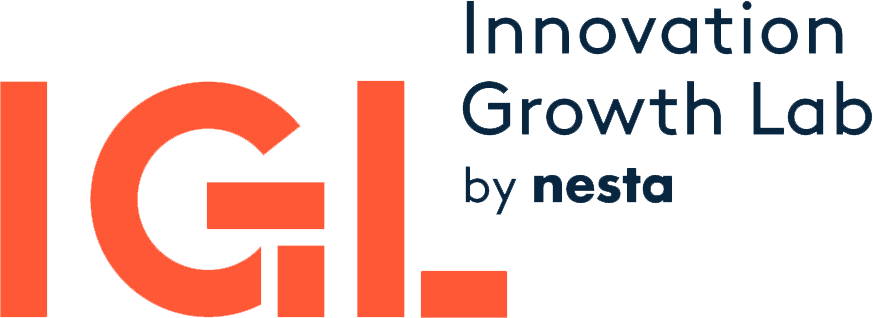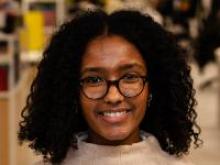
For over a year, the Innovation Growth Lab (IGL) has been developing practices designed to help us identify policy solutions to both recover and unlock the lost innovative potential. The lost innovative potential refers to the people and places left out of science, technology and innovation processes, and particularly women, people of colour or children with socio-economic disadvantage who do not invent or participate in broader innovation processes at the same rate as white men from high income families.
There are many pathways that lead to innovative careers, which span multiple sectors from science and technology sectors, through to high-growth creative industries. Understanding the pathways people take to enter innovative careers is helpful to understand who is left out or drops out of these existing “pipelines”. This short research report was produced to inform European policy in the wake of Brexit and resulting shifts to the creative and innovative centres of the European Union’s regions. Attracting and retaining diverse skills and talent to enable thriving innovation ecosystems that are able to compete globally, without the UK as one of the major anchors, is a task that national and city-level policymakers must address.
This report covers:
- An exploration of Science and Art pathways to innovative careers, looking at two innovation hubs in Europe: Barcelona and London;
- Ways to use design and data methodologies to uncover “leaks” or gaps in access and retention within existing pathways, and ways to identify solutions;
- Case Study 1: Barcelona - Building a pipeline to identify who is most at risk of being left behind from STE(A)M university pathways, and when to intervene;
- Case Study 2: London - Insights from a policy design sprint with LIFT London (a coalition of four London boroughs supporting inclusion of local disadvantaged residents into the knowledge economy).
Insights include:
- Distinct differences between STE(A)M university pathways for various groups. For example, fewer women enter a Science degree but when they do they are less likely to drop out than male counterparts. In the Arts, women and men drop out at the same rate, and take significantly longer to complete their studies. Students of a foreign background (including those from outside of the autonomous region of Catalunya - to account for significant internal migration in Spain) disproportionately drop out of all disciplines.
- In London, LIFT London data showed that Black, Asian and Minority Ethnic groups and women were easy to reach and engage in knowledge economy jobs. However, the programme as designed was less effective with people with disabilities, single parents or people who had been in the care system.
- Socio-economic determinants were the greatest barrier to enter and complete all disciplines in Barcelona’s universities, however it played an even bigger role in STEM. In London, accounting for intersectionality with particular regard of socio-economic determinants was also a challenge. Therefore, in both cases access to better data to measure and monitor socio-economic factors is key.
The report has three key recommendations:
- A call to design and test interventions that best serve those identified as most vulnerable; to address and better understand why STEAM and innovation sectors appear to hold more barriers to entry than other disciplines/sectors;
- A call to tap into the wealth of data unutilised in policy decision-making processes. Existing data infrastructures can help to map what has worked and failed in the past and highlight how programme design and delivery might benefit from tweaks that optimise outcomes. Looking at the intersection of Arts and Science outcomes also offers the possibility of novel solutions.
- Finally, the call for policy to enable cultures of learning and collaboration across disciplines, ministries and sectors to ensure innovative economies can serve and benefit all.
This research was funded by the Creative Impact Research Centre Europe fellowship, through funding derived from the EU Brexit Adjustment Fund.

